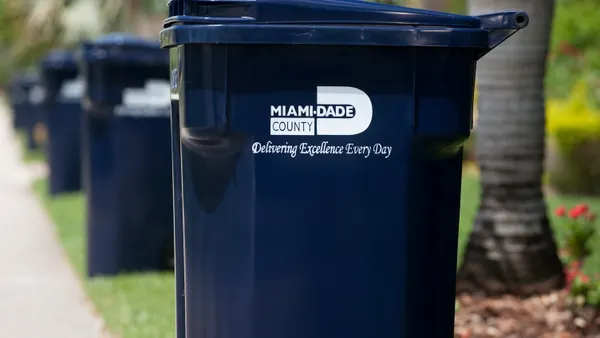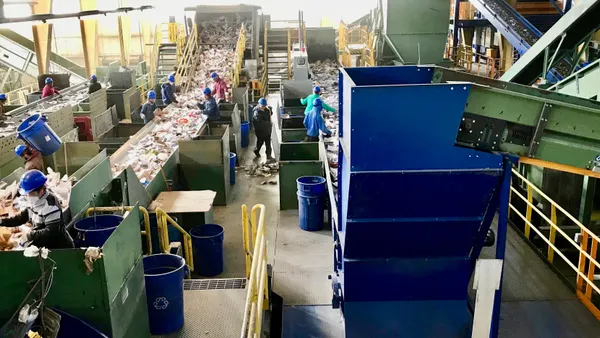Dive Brief:
- By the end of 2016, e-commerce is expected to have increased 9% since 2011, projects Forrester. The growing online shopping trend has raised questions about whether this method has more or less impact on the environment than traveling to brick and mortar stores.
- Many argue that online shopping does not decrease carbon footprint, pointing out the massive amount of packaging used to ship materials, often with different products placed in separate, bulky boxes. According to The New York Times, "35.4 million tons of container board were produced in 2014 in the U.S., with e-commerce companies among the fastest-growing users — and the emissions from increasingly personalized freight services."
- E-commerce proponents who argue that on-line shopping generates less emissions say it does so because shoppers are not traveling in gas-guzzling vehicles. The MIT Center for Transportation & Logistics conducted a study showing online shoppers will cut their carbon footprint almost in half if they complete every step of the purchase online, from ordering to receipt, to return — if return becomes necessary.
Dive Insight:
There are pro and con arguments for either side of the e-commerce debate, with no apparent cut and dry answers as to which shopping method is better — as it is all dependent on circumstance.
The MIT study explains that online shopping has more environmental impact if consumers depend on rush delivery or travel to the store to pick up or return items. Customer location and transportation type are also considerations. Shoppers who live a distance from brick and mortar stores and depend on less fuel-efficient vehicles typically make a more environmentally friendly choice by shopping on line.
Meanwhile, The Environmental Defense Fund calls on retailers, whether their stores are online or in physical locations, to take responsibility for reducing their supply chain’s carbon footprint. One major recommendation of the organization is to reduce freight transportation, which accounts for 16% of corporate greenhouse gas emissions, with the main source being from vehicles transporting goods.








